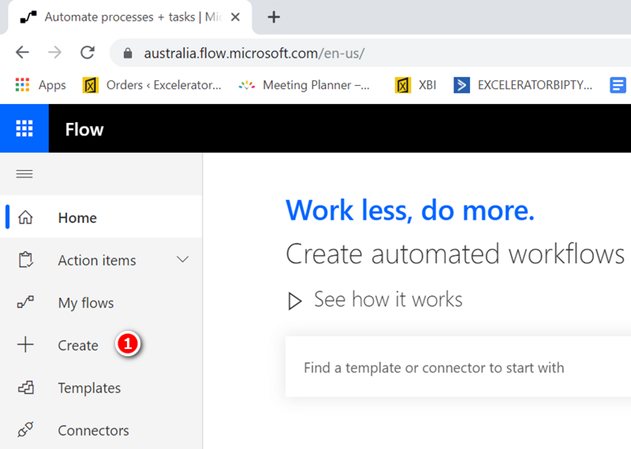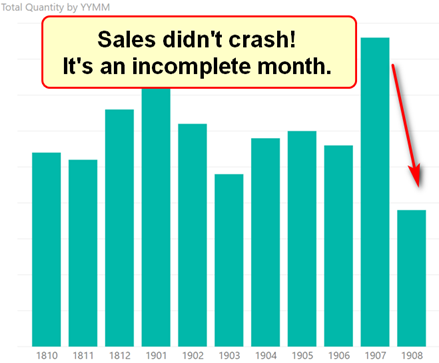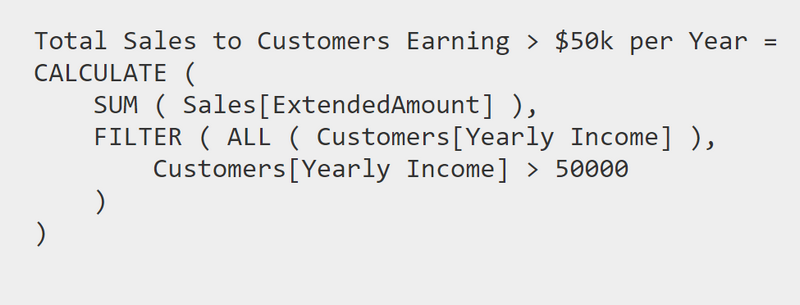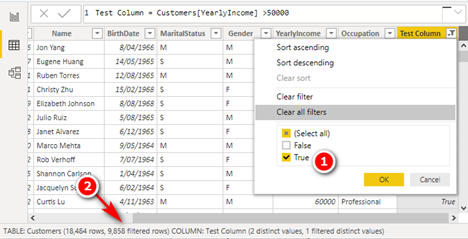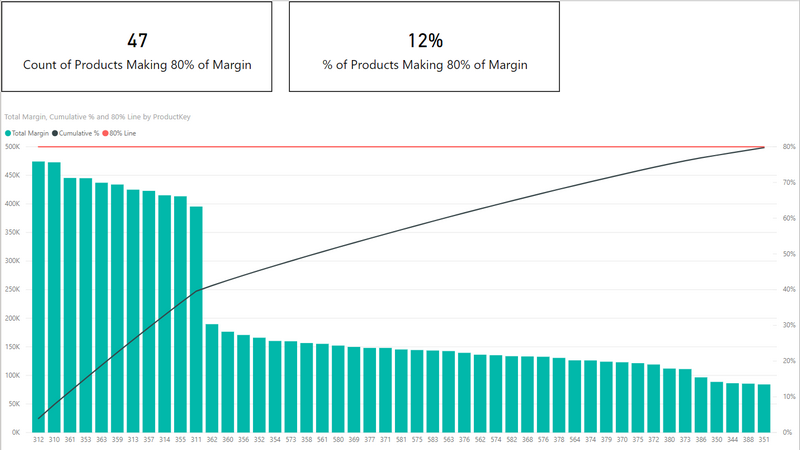Extracting Data from Complex Web Pages with Power BI
Back in 2018 I wrote an article showing how to extract data from websites using Power Query in Excel. For simple websites this process is very straightforward. For more complex websites the process is not always that easy. Microsoft is working on improving the “from web” experience and is building […]













